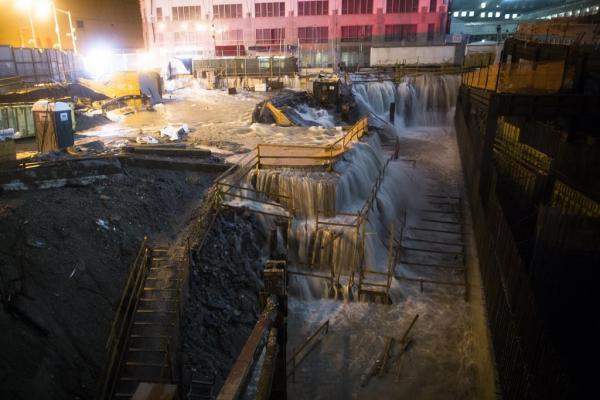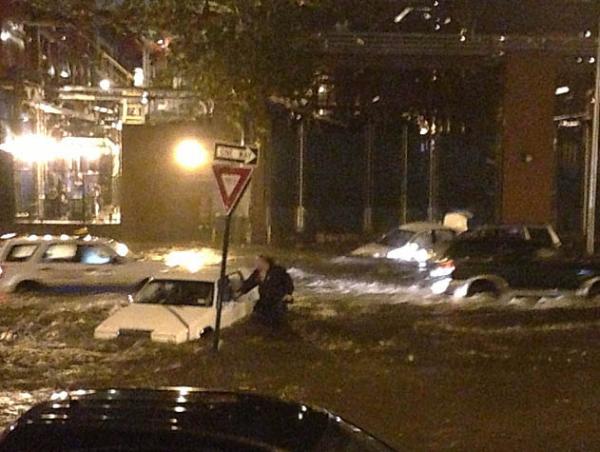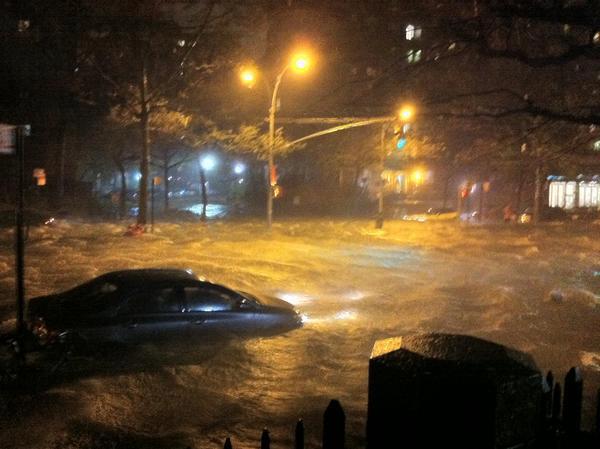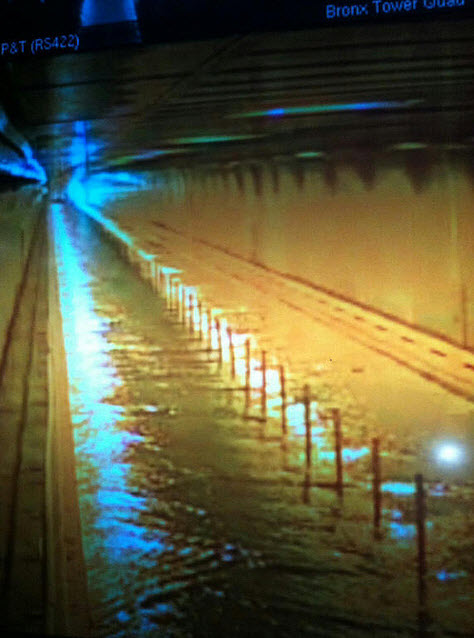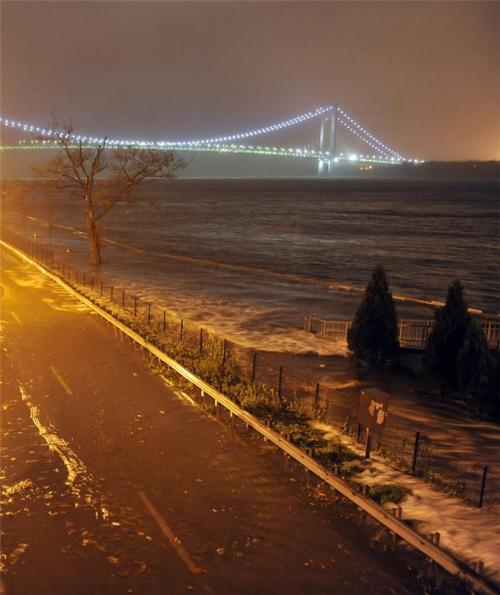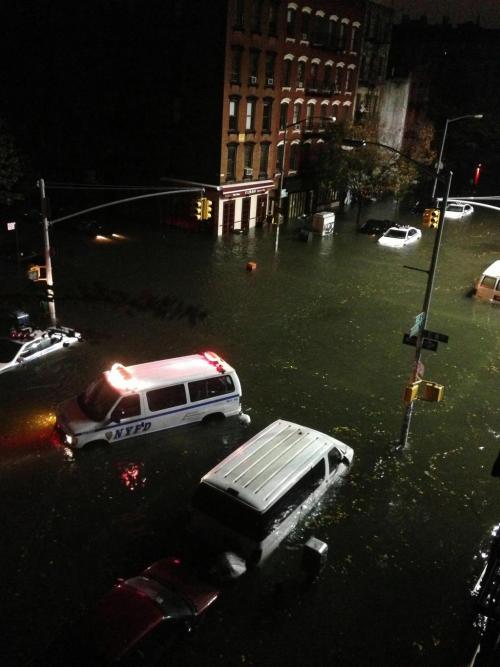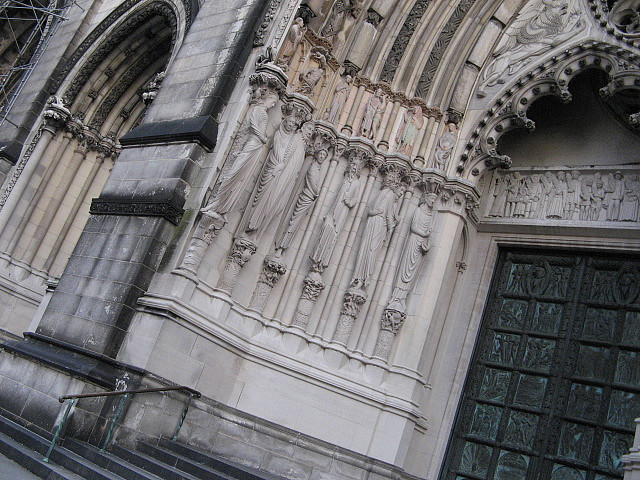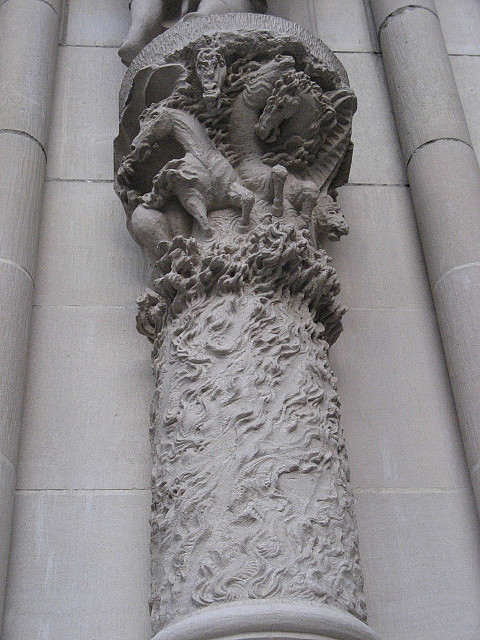– New Yorkers in fuel scramble as storm-hit pumps dry up (Reuters, Oct 31, 2012):
NEW YORK – Drivers and homeowners scrambled to secure fuel for their cars and generators in the U.S. Northeast on Wednesday as storm-hit gasoline stations started to run dry.
More than half of all gasoline service stations in the New York City area and New Jersey were shut because of depleted fuel supplies and power outages, frustrating attempts to restore normal life, industry officials said.
Reports of long lines, dark stations and empty tanks circulated across the region. Some station owners were unable to pump fuel due to a lack of power, while others quickly ran their tanks dry because of increased demand and logistical problems in delivering fresh supplies.
The lack of working gasoline stations is likely to compound travel problems in the region, with the New York City subway system down until at least Thursday and overland rail and bus services severely disrupted.
Homeowners and businesses relying on back-up generators during the power cuts, including many Wall Street banks in lower Manhattan, may also run short of fuel.

